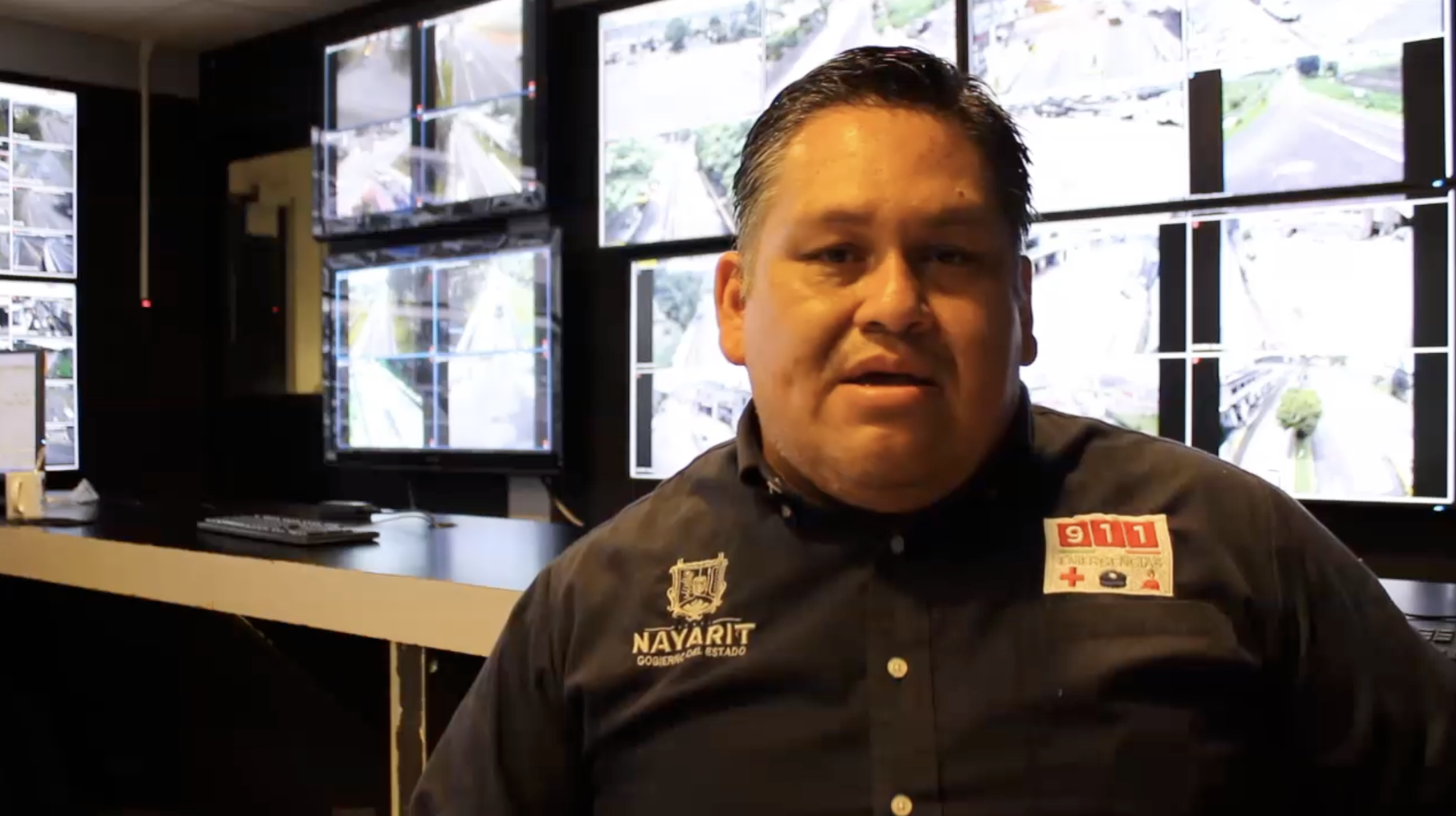
Mexico is one of the most dangerous countries in the world to be a woman. Recent years have seen a surge in all forms of violence against women, but most worryingly of all, femicide - defined as the violent death of a woman because of her gender. Mexico has also made headlines in the international media as a prolific example of the 'other epidemic' caused by COVID-19; the critical increase of violence against women during lockdown or 'shadow pandemic', as defined by UN Women.
Faced with such a complex and multifaceted challenge, the Mexican Criminal Justice System faces a constant struggle for solutions. It is imperative that new ways of working are considered, engaging the collective imagination to find innovative approaches to transform how systems respond. In particular, it is vital to build upon existing learning and success, creating momentum from successful innovations that emerge in moments of crisis and, in particular, from those who face this crisis every day.
This is the story of an innovation that emerged from just such an approach, using RE!NSTITUTE’s 100-Day Challenge methodology to create and then spread an innovation that garnered remarkable results by exponentially increasing the system's capacity to respond to gender violence quickly and effectively, making women safer in the process.

In January 2020, RE!NSTITUTE and the United States Agency for International Development's (USAID) Projust program launched the first 100-Day Challenge to combat domestic violence in the cities of Tepic and neighboring Xalisco, in the state of Nayarit, Mexico. Frontline engagement in the 100-Day Challenge team is central to the success of any 100-Day Challenge. From the start of the Challenge, representatives of the Center for Command, Control, Communication and Computing (C4) were invited to participate, as these operators are the first to respond to 911 calls.
In the early stages of the Challenge, the team was supported in a process of in-depth reflection to consider the bottlenecks in their own processes and areas for improvement in their systems. The team quickly realized that central to improving outcomes for those victims of domestic violence calling 911 for help, was reducing response times, as well as finding a way to incorporate a prioritization mechanism so that victims in a high-risk situation received immediate assistance. The team recognized that prior to the 100-Day Challenge, all domestic violence calls were processed in the same way. The established protocol didn't distinguish the level of risk for the victim, with operators unable to verify if the person was calling 911 for the first or the eighth time. They also couldn't know if the aggressor was currently involved in a criminal case or if a given victim had a protection measure in place. In fact, there was no access to information that did not come directly from the victim or the person making the call to help determine the level of risk of femicide.
Identifying and prioritizing high-risk cases was clearly a pressing need, and the "Orange Alert" was born out of this need. The Orange Alert consists of audible and visual alert activities on the C4’s system triggered when a call comes in from a high-risk case. The high-risk case is identified by geo-referencing the data from both the victim and the alleged aggressor/defendant. This idea arose from José Mijangos, Head of Broadcasting for Nayarit’s C4, who led the creation and piloting of the orange alert.
The alert goes hand-in-hand with an official protocol for the identification of high-risk victims (VAR Protocol), which was developed by Projust and adapted by the 100-Day Challenge frontline team, which included a mix of experts in psychology, medicine, criminal law, and gender. An unprecedented inter-institutional collaboration emerged, largely thanks to Dr. Maby Urania Margarita Silva, General Coordinator of the Women's Justice Center (CJM), who worked together with the C4 to develop the protocol and put it into action.
The alert and the protocol offer a practical guide for operators to be able to detect femicidal violence. The computer system shows the entire case history related to the telephone number, victim's name, or the alleged aggressor. This then means that high-risk callers can be identified, and the Orange Alert triggered, instigating an immediate response from the operator to prioritize the case. In order for the C4 to have up-to-date case history, a systemic, collaborative effort was necessary.
The State Attorney General's Office, the Public Security Secretariat, and the Pretrial Services Unit joined the effort and shared their databases to make this idea come to fruition. When the initial idea surfaced, many people doubted it would work, and there were concerns about the stress that the sound of the alarm might cause. Several pilot trials were carried out to determine the effectiveness of the alert and its possible impact on the operators. Today, if you ask a C4 operator from Tepic what they think of the alert, they'll say that they can't imagine not using it and that the benefit is obvious.
The city of Tepic and neighboring Xalisco saw an 80-90% reduction in response times to emergency calls from high-risk domestic violence victims. Operators began prioritizing calls according to the level of risk to the victim, and priority cases were and continue to be dealt with immediately. "In some cases, we were able to verify that lives were saved," says José Mijangos.
But this great impact story doesn't end there. One innovation developed and used successfully to save lives in one area is a great success. However, in mid-2021, our 100-Day Challenge methodology reached another municipality in Nayarit, Bahía de Banderas, thanks to funding from USAID and its ConJusticia program. A familiar face was among the frontline team tackling domestic violence, José Mijangos, and the story of the Orange Alert was soon shared, and work began to put it into place in this new municipality.
There were core elements of the approach that were easily identified and put in place from the original development of the Orange Alert. For example, from the start of the 100-Day Challenge, work began on the necessary databases, without which the Alert system cannot function. This database requires collaboration across systems, along with the commitment from the various institutions to constantly update the data so that the alert can function optimally. Encouraging collaboration and data sharing was therefore a key activity in getting this new Orange Alert up and working.
Once again, the 100-Day Challenge was successful in spurring collaboration, innovation, and execution. In the first week of implementation, the Orange Alert helped to reduce the response times in Bahía de Banderas by 50%. With each iteration, the alert itself and the data collection and processing for the databases were further refined. And there is more. Before the end of the Challenge, operators hope to implement the VAR Protocol, as in Tepic, to further the efficacy of the Orange Alert system. “There are plans to replicate the innovation throughout the state. I feel proud knowing I did something to help the victims," says José.
Enabling collaboration and innovative thinking through the 100-Day Challenge methodology has proven time and again to be a successful way to identify workable, impactful solutions, something which clearly happened in relation to the Orange Alert. Taking the impact of such solutions further through enabling replication in other areas means that the work done in 100 days now has an even more significant positive impact on many more lives. Going forward, enough learning has been gathered from how to create and effectively use the Orange Alert system to allow other areas to take this great idea forward - to add a highly effective tool to the complex challenge of making lives safer for women.
- Gender
- Justice
- Justice
